Written by Cheryl Low
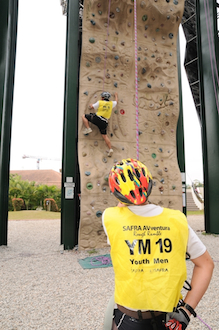
Racers in action during the sport climbing section of the SAFRA AVventura. (Photo courtesy of SAFRA)
The SAFRA AVventura, scheduled for Sunday, January 15th, is just around the corner and for those new to adventure racing, we bring you a series of tips for this grueling sport which requires running, trail biking, sport climbing, kayaking, rope ascend and abseiling.
Although the event also has a Youth and Sprint category, the event is not a walk in the park. A considerable level of fitness and training is absolutely required to survive the full course.
Our first article was about trail biking. We now look at sport climbing.
Plan Your Route
Before you climb, take some time to study the route and visualise your sequence going up. This is the only time when you have a good view of the whole wall face to analyse its contours and the positioning of the holds. Make mental notes of where you will position each hand and foot to ensure that you have good balance and adequate leverage to move from point to point in the quickest way.
If you simply rush to the wall and begin your ascent, you are likely to waste more time and energy figuring out your next move along the way up, with a higher chance of having to change course mid-way should you encounter a section beyond your climbing prowess.
Maintain Your Balance
A good balance will help you move smoothly and execute difficult climbing moves effortlessly. Always be conscious of your centre of gravity which is approximately located in the middle of your body. Try to keep your body close to the wall and maintain your centre of gravity directly above the width of your feet, so that your leg muscles can support your body weight. Doing this will also avoid tiring out your arms and grip.
Sometimes you may have to lean back away from the wall to have a better view of the route. However, this means using your arms to support more of your weight, so do it quickly.
Strength of Grip
The grip is usually the first muscle to go. The tendency is for new climbers to squeeze each hold very tightly as they are afraid to fall. However, over-gripping will cause your forearms to experience fatigue faster and once that happens, the game is over.
In most instances, you will not be in an overhanging position so all that is required of your grip is contact with the hold to stabilize your balance.
Climbing Techniques
There are two main types of climbing techniques — static and dynamic climbing.
Static climbing involves moving your body position mainly by muscle movement rather than momentum. The golden rule is to avoid shifting your body weight and moving a limb at the same time.
Once you have visually located the next foothold, place your foot deliberately and precisely while keeping the rest of your body stable. Only when your limb is firmly planted, then shift your body weight and repeat the sequence.
However, when you need to climb faster or reach a hold further than what you can achieve in a static position, momentum is key in the dynamic technique. As you move your weight quickly in a certain direction, your arms are also extended to catch the next hold at the apex of your momentum before your weight begins to settle.
For dynamic climbing, it is important to develop your upper body muscles including your shoulders, arms and forearms, as well as the strength of your grip.
Sometimes the best way to improve is to observe the technique of good climbers and try them for yourself. Don’t be afraid to try new moves during your training and fall if you have to. Practice makes perfect!

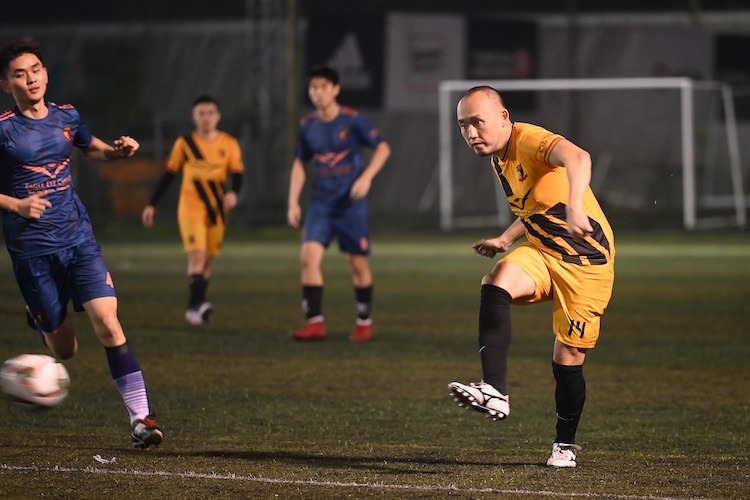

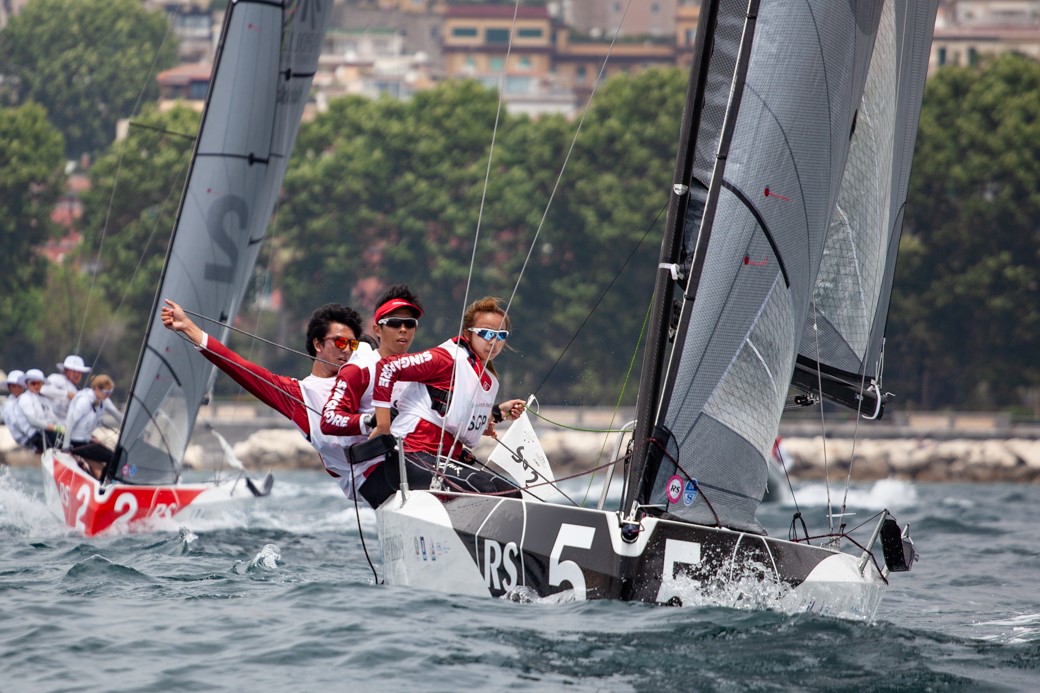
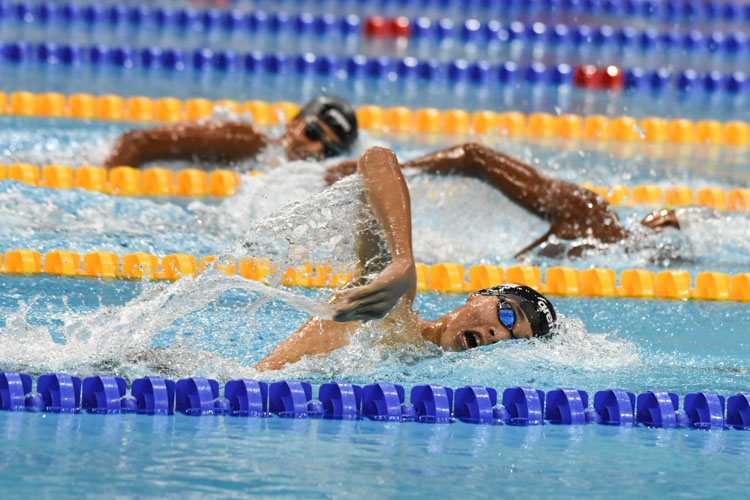
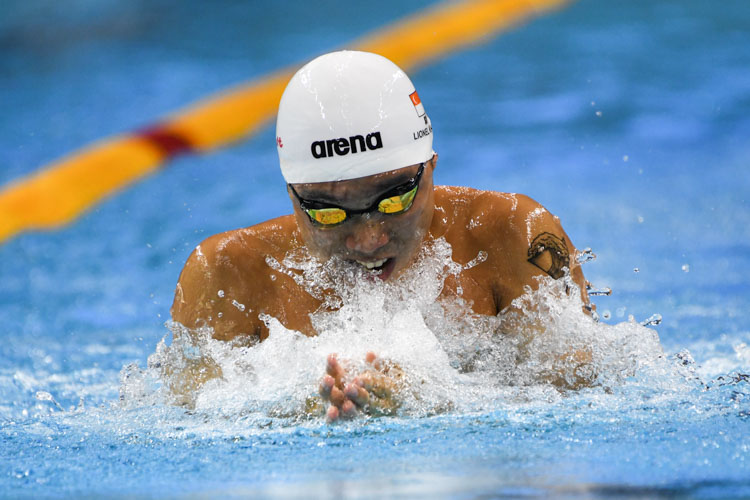

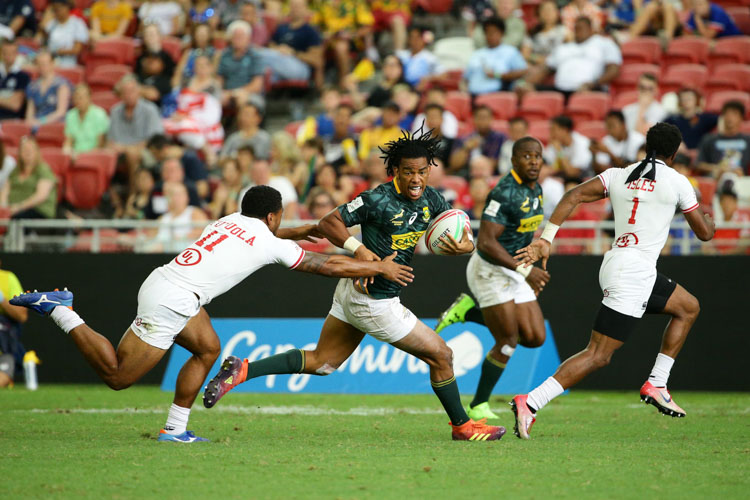
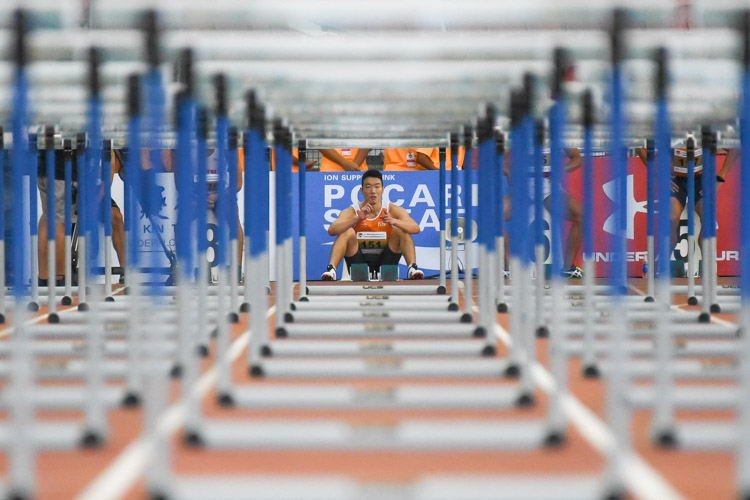
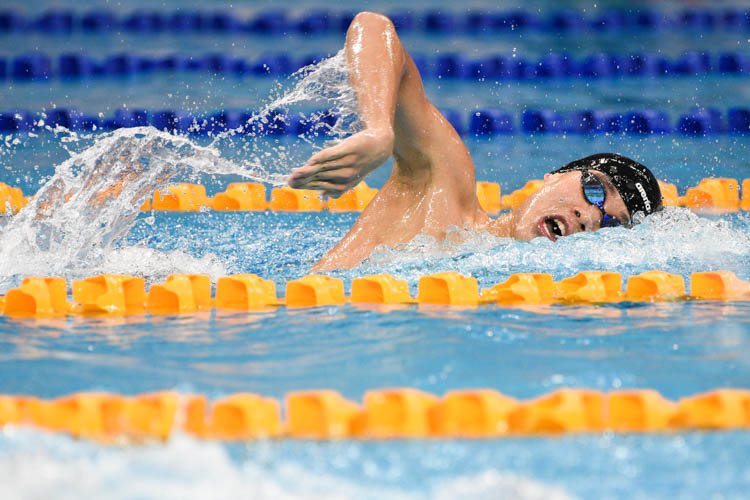
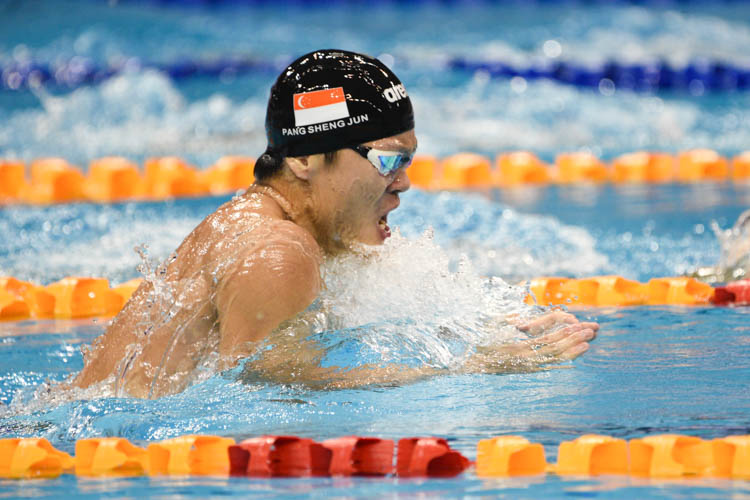
Leave A Comment